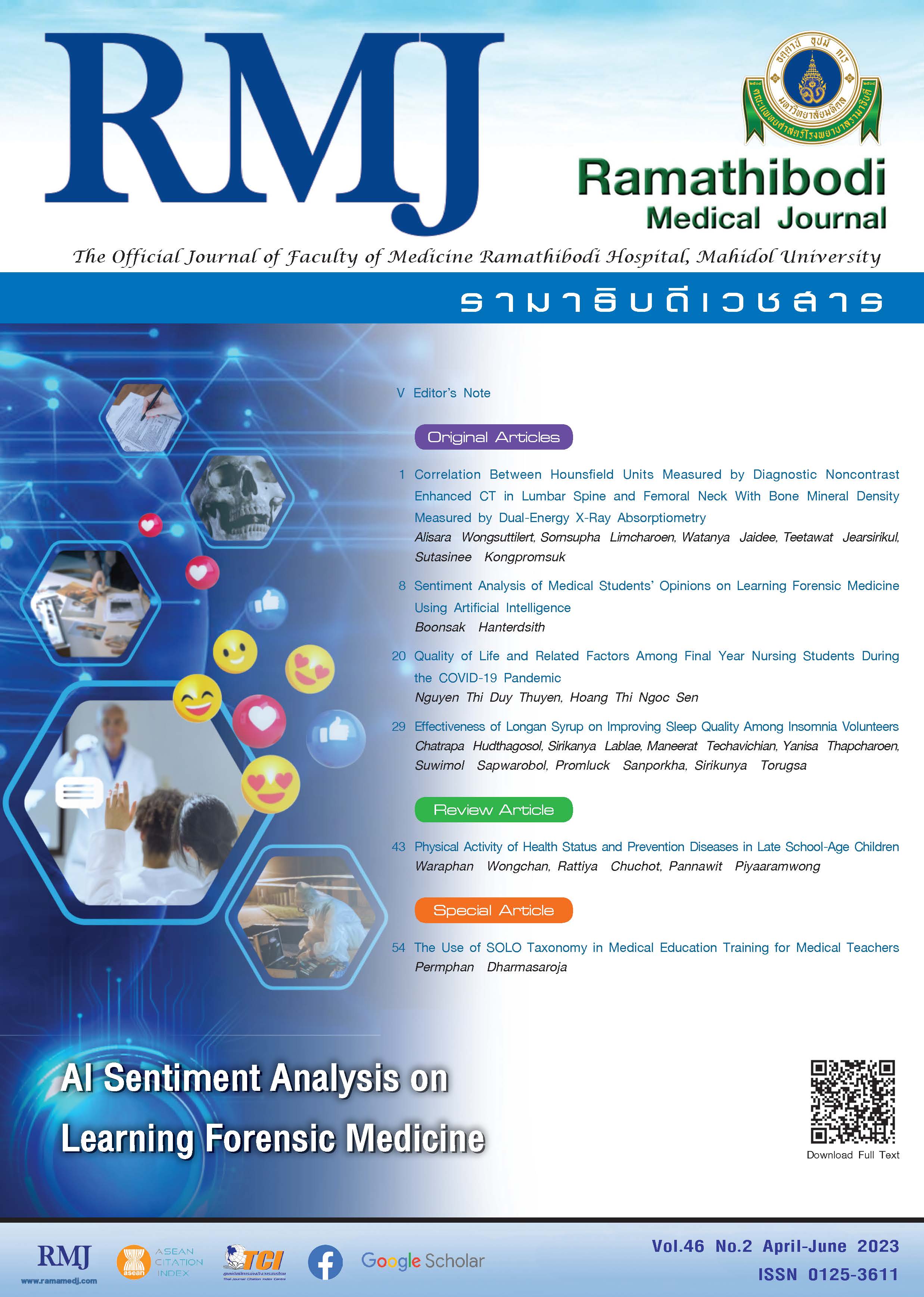Editor's Note
Abstract
Recently, Clarivate, the company responsible for assigning Impact Factors to journals, has taken action against inappropriate citation-boosting practices in four journals.1 Although these journals have not been delisted from Web of Science, the reporting of their impact factors has been suspended. The decision was made due to the existence of “citation cartels” or “citation rings” which is the practice of inappropriate inflate citation frequencies.2 The Impact Factor is widely regarded as an indicator of journal quality and popularity, and it is based on the frequency of citations received by articles published in the journal. The higher the number of citations, the higher the impact factor, which in turn can attract more manuscript submissions, subscriptions, or advertisements, depending on the journal’s business model.
Some journals resort to unofficial means of increasing citation frequency by openly soliciting or indirectly suggesting that authors cite articles from their own journal during manuscript submission.3, 4 Additionally, there is a common practice known as “academic etiquette”, which suggests that authors should include at least one citation from the journal to which they are submitting their manuscript. This unethical behavior can occur at both the journal and individual level. Editors or peer reviewers may openly pressure or suggest to authors that they cite their own publications as a condition for acceptance.5
To combat these malpractices, some scholars propose extreme measures such as terminating the indexing of impact factors altogether.6 However, if such a step is deemed excessive, implementing strict editorial policies and conducting regular audits of the peer review process are appropriate measures to prevent citation boosting. The RMJ has an editorial policy explicitly prohibiting inappropriate citation-boosting practices. The journal also employs a double-blind peer-review process and monitors the comments provided by peer reviewers to ensure the integrity of the review process.
References
Kincaid E. “Truly devastating”: four journals won’t get new impact factors this year because of citation shenanigans. Retraction Watch. June 28, 2023. Accessed June 28, 2023. https://retractionwatch.com/2023/06/28/truly-devastating-four-journals-wont-get-new-impact-factors-this-year-because-of-citation-shenanigans/
Bik EM. Citation Statistics and Citation Rings. Science Integrity Digest blog. March 23, 2022. Accessed June 28, 2023. https://scienceintegritydigest.com/2022/03/23/citation-statistics-and-citation-rings/
Lockwood M. Editorial: citation malpractice. Proc Math Phys Eng Sci. 2020;476(2242):20200746. doi:10.1098/rspa.2020.0746
Fong EA, Patnayakuni R, Wilhite AW. Accommodating coercion: authors, editors, and citations. Res Policy. 2023;52(5):104754. doi:10.1016/j.respol.2023.104754
Wilhite AW, Fong EA. Scientific publications. Coercive citation in academic publishing. Science. 2012;335(6068):542-543. doi:10.1126/science.1212540
Magnus D. Overthrowing the tyranny of the journal impact factor. Am J Bioeth. 2013;13(7):1-2. doi:10.1080/15265161.2013.807709.
Downloads
Published
How to Cite
Issue
Section
License

This work is licensed under a Creative Commons Attribution-NonCommercial-NoDerivatives 4.0 International License.













